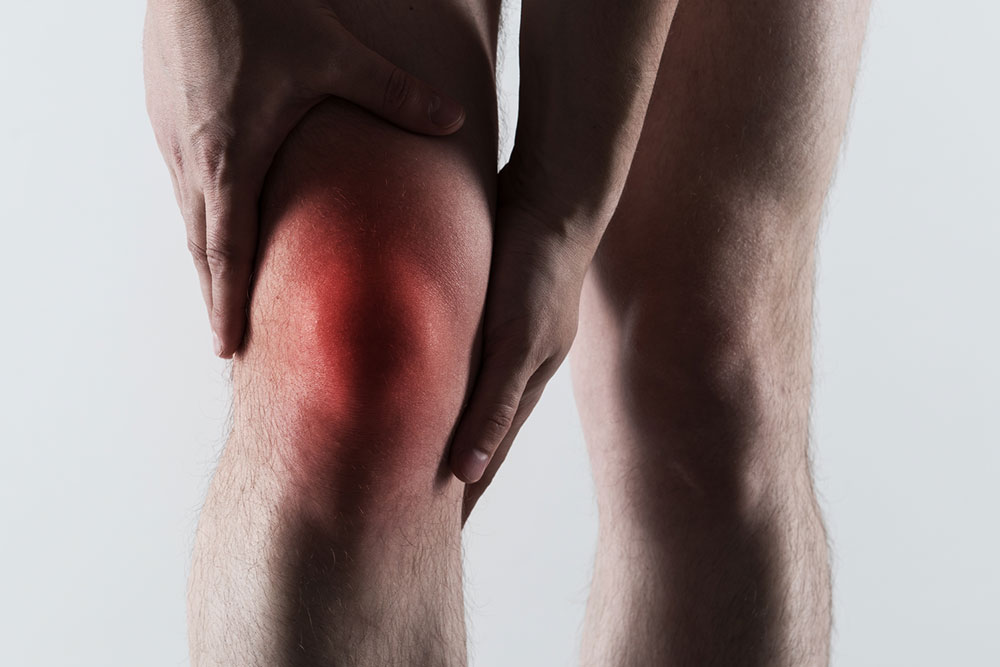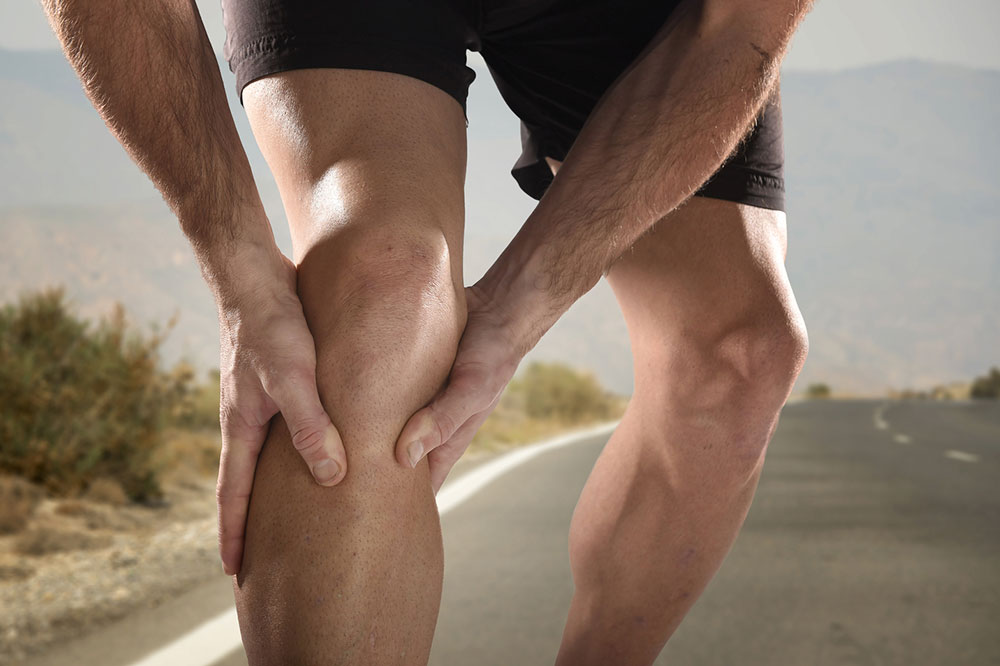Comprehensive Approaches to Effectively Manage Gout Flare-Ups
This comprehensive guide explores effective strategies for managing gout, emphasizing the importance of medication, dietary modifications, and lifestyle changes. It covers symptom recognition, triggers, and prevention methods, helping individuals better control flare-ups and improve their quality of life. By understanding the causes and adopting proactive measures, gout sufferers can reduce pain, avoid joint damage, and achieve better health outcomes.

Comprehensive Approaches to Effectively Manage Gout Flare-Ups
Gout is a complex form of inflammatory arthritis characterized by sudden and intense episodes of joint pain, swelling, and redness. Recognized as one of the oldest known forms of arthritis, gout has been documented since the fifth century B.C. Its prevalence has increased over time, partly due to changes in diet, lifestyle, and underlying health conditions. Understanding the mechanisms, symptoms, causes, and effective management strategies is crucial for those affected by this condition. While a definitive cure remains elusive, a combination of medical treatments and lifestyle modifications can significantly reduce the frequency and severity of gout attacks.
Gout is often called the "disease of kings" because historical records associate it with affluence and indulgence in rich foods. Today, it affects millions worldwide, primarily impacting middle-aged men but also women post-menopause. The pathophysiology involves elevated levels of uric acid in the blood—a condition known as hyperuricemia—which leads to the formation of needle-like urate crystals within joints, resulting in inflammation and pain. Recognizing the various stages of gout progression, from asymptomatic hyperuricemia to chronic tophaceous gout, helps in early intervention and prevention of joint damage.
An acute gout attack typically occurs suddenly and can escalate rapidly, often awakening individuals in the middle of the night with excruciating joint pain. The most commonly affected joint is the big toe, but other joints such as the ankles, knees, wrists, and elbows can also be involved. The attack can peak within 12 to 24 hours, with symptoms lasting anywhere from a few days to several weeks if untreated. Recurrent attacks can lead to joint damage, deformities, and the formation of tophi—large deposits of uric acid crystals under the skin.
Multiple factors contribute to gout development, including dietary choices, alcohol intake, obesity, kidney function issues, and genetics. Diet plays a significant role; foods rich in purines—substances that break down into uric acid—are major contributors. Such foods include shellfish, red meats, organ meats, and alcohol, especially beer. Dehydration and certain medications can also elevate uric acid levels, further increasing attack risk.
Effective management of gout involves a multipronged approach: controlling acute symptoms, preventing future attacks, and addressing underlying causes. Pharmacological intervention forms the cornerstone of therapy, complemented by essential lifestyle changes. Among medications, Nonsteroidal Anti-Inflammatory Drugs (NSAIDs) such as ibuprofen are often the first line to alleviate pain and inflammation during episodes. Corticosteroids, either oral or injectable, can also be used in more severe cases or when NSAIDs are contraindicated. Colchicine is another option that reduces inflammation especially in early stages of attack.
For long-term control, uric acid-lowering drugs are vital. Allopurinol and febuxostat decrease uric acid production, while probenecid enhances uric acid excretion through the kidneys. These medications require careful monitoring by healthcare providers to prevent adverse effects and ensure optimal dosing. Regular blood tests to monitor uric acid levels and kidney function are necessary to tailor treatment plans effectively.
Dietary modifications are a critical aspect of gout management. Patients are advised to avoid high-purine foods, including shellfish, sardines, organ meats, and red meats. Limiting alcohol—especially beer—and reducing intake of sugar-sweetened beverages can significantly lower uric acid levels. Encouraging increased consumption of low-purine foods, fruits, vegetables, and whole grains supports overall health and reduces attack frequency. Maintaining adequate hydration is also beneficial, as it aids in the renal excretion of uric acid.
Beyond medication and diet, lifestyle changes such as weight management are essential. Obesity is a significant risk factor for gout, and losing even a modest amount of weight can reduce uric acid levels and decrease flare-up severity. Regular moderate exercise, tailored to individual fitness levels, improves overall health and helps maintain healthy uric acid levels. Quitting smoking and managing comorbid conditions like hypertension and diabetes further contribute to better gout control.
Additional strategies for gout management include applying cold packs to inflamed joints, elevating affected limbs, and resting during acute attacks to minimize discomfort. Avoiding joint overuse and ensuring proper footwear can reduce joint stress and prevent recurrent episodes. In some cases, surgical intervention might be necessary for severe joint destruction or persistent tophi that impair movement and quality of life.
Prevention remains the most effective approach. Regular health check-ups, early diagnosis, and adherence to treatment protocols can help manage uric acid levels and prevent flare-ups. Educating patients about lifestyle factors, medication adherence, and symptom recognition empowers individuals to take control of their condition.
In conclusion, gout is a manageable condition with appropriate medical treatment and lifestyle adjustments. Recognizing early signs, understanding triggers, and adhering to comprehensive management strategies can significantly improve quality of life for those affected. Whether through medication, dietary changes, or lifestyle modifications, a proactive approach helps minimize pain, reduce attack frequency, and prevent long-term joint damage.





